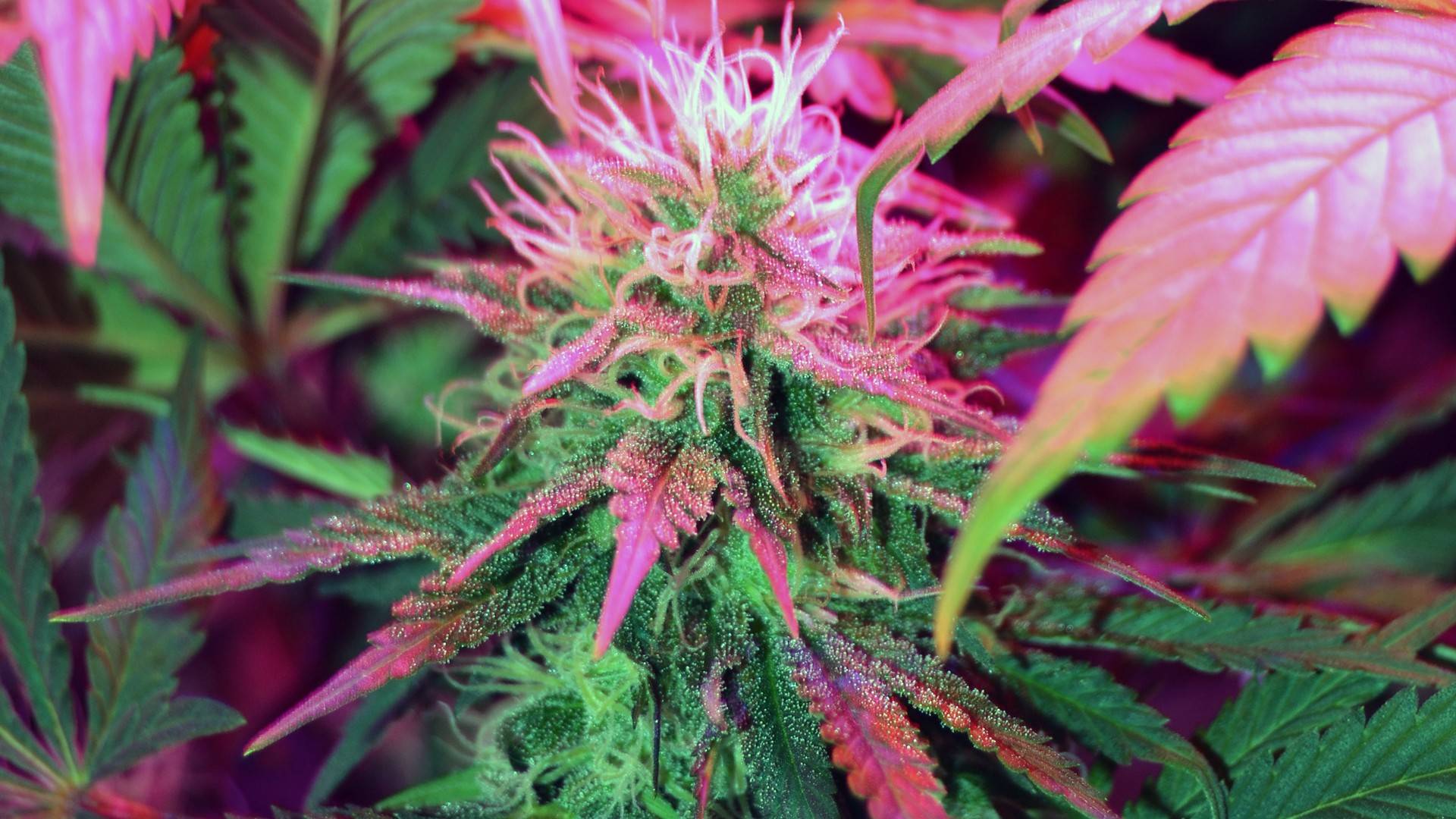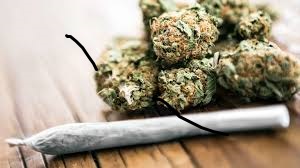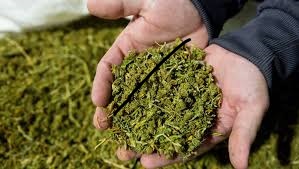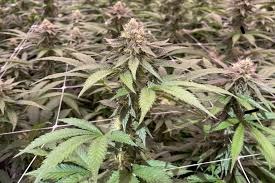The consumption of cannabis has recently turned into a profitable industry in the countries or the regions that allow the use of marijuana.
These regions are procuring tourists
since they may use marijuana legally contributing to the enhancement of both business within the tourism sector.
The areas that allow marijuana users give high revenues in tourism
since the visitors spend their money on spending the night, eating,
as well as engaging in other recreational activities.
Currently, most of the public place tourist attraction agencies offer packages
that include tours to dispensaries apart from offering the knowledge on the farming of marijuana
and having a taste of some of the marijuana products. These are informative excursion services together with leisure activities that attract visitors interested in marijuana ventures.
The consumption of hotels and lounges where cannabis can be used has become another service available in certain areas.
That is why local facilities in the region have instituted zones where the public can use the substance as a legal product which has guidelines on how to use it safely.
The approval of cannabis tourism fosters economic growth based on hospitality businesses, retail and event planning and organization services.
The trend of marijuana as a visitor is not embraced by most communities.
Some of the locals are worried that the levels of crime may rise, and people getting drunk in public places and other issues faced by policemen due to the high tourism rates connected with cannabis usage.
Local governments coordinate the need to regulate consumption areas as it also sets the licensing of cannabis dispensary business hours and restricted marketing of the same to prevent the negative impact of tourism.
Workplace Challenges and Drug Policies
Businesses face difficulties because of marijuana legalization which influences their policies regarding workplace environment and managing their workforce.
Employer organizations need to establish policies for marijuana regulation within their workforce without negatively impacting both workplace effectiveness and safety requirements.
Specific organizations opt for tight drug rules that combine regular drug screenings with sharp enforcement.
Rules about marijuana usage commonly appear in job sites where intense concentration matters like transportation systems and health care institutions and construction sites.
The policy adopted by many organizations permits employees to use marijuana during off-duty time when their job performance stays unaffected.
Companies adopting this method permit workers to use marijuana after their shifts end while they must be sober during their work hours just as it occurs with alcohol policies.
The evaluation of marijuana impairment goes beyond alcohol impairment because marijuana particles stay present in the bloodstream after use but not necessarily as a marker of active mental or physical disabilities.
Many organizations adapt their employee manuals through implementing specific policies about marijuana usage. Empty organizations dedicate resources to train workers regarding their company policies and cannabis impact on work abilities.
Independent and honest regulations enable organizations to maintain appropriate limits between worker rights and operational safety and productivity.
Labor unions together with advocacy groups put their influence into workplace marijuana policy creation.
A debate exists between workers who maintain their right to use marijuana outside work versus the importance of strong regulations for safety-sensitive fields.
Businesses operating in an environment of evolving marijuana laws need to maintain informed status and change their policies accordingly.





